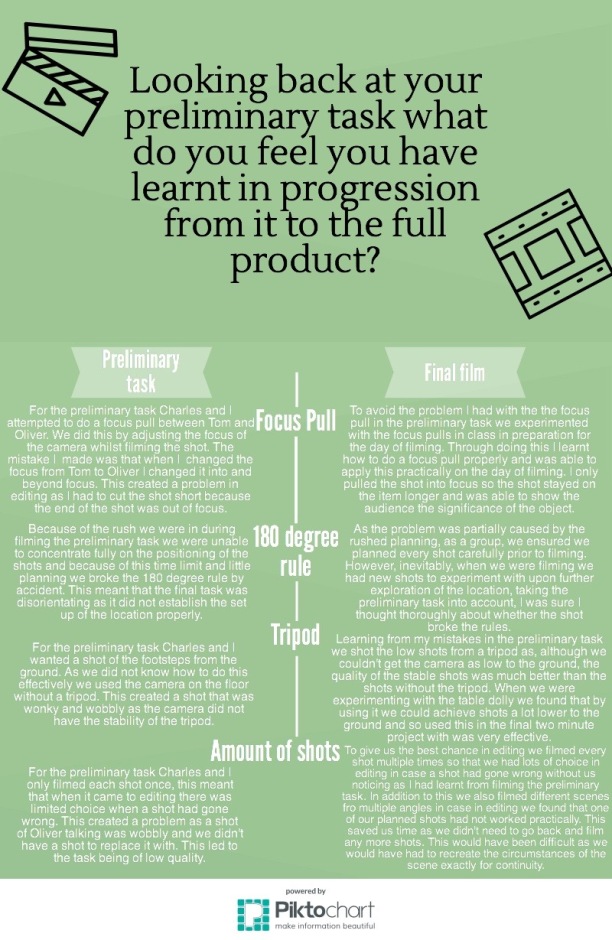Kevin smith is an American film director, his breakthrough film is called ‘clerks’ and was shot with the small budget of $20,000 set in the convenience store that we worked in at the time. He took this to Sundance film festival in order to sell it to a distributer, and did just that. He had a niche but loyal market for his dark comedy films that he continued to make after ‘clerks’. However after making many films of the same genre and style he decided to try his hand at something else and chose to make ‘Red State’. Because Smith was not known for this genre of film no film company would back and fund him as, because their only aim is to make money not art, they wanted him to continue to churn out the type of films they knew would be successful and make money.
So, in order to fund his film, he raised funds himself through other sources backing. He made ‘Red state’ for about $4 million and decided to sell the film to a distributer as he had done with ‘clerks’. However upon further thinking he chose to distribute the film in a more traditional in spite of the major film labels. As his film had cost $4 million, it would cost $20 million to market meaning that the film would have to earn $24 million back, which he thought was unachievable and effectively end his career if he ever wanted backing for a film in the future.
He booked into independent cinemas over America in order to tour his film, he aimed to make back the money purely by people coming to watch at these cinemas. He charged more for the ticket than cinemas do but said in return for paying more for the experience they could have a cast and director Q and A after and a more interactive experience. This broke the business model for a film as it was independently distributed. Prior to ‘Red State’ Smith had created a podcast which he then used as a platform to promote his films and his tour.
He made all his money back with the tour and then made a profit overseas through the usual means of selling the film. This was an innovative step in contemporary film making as it proved that independent distribution on a large scale can be successful.
